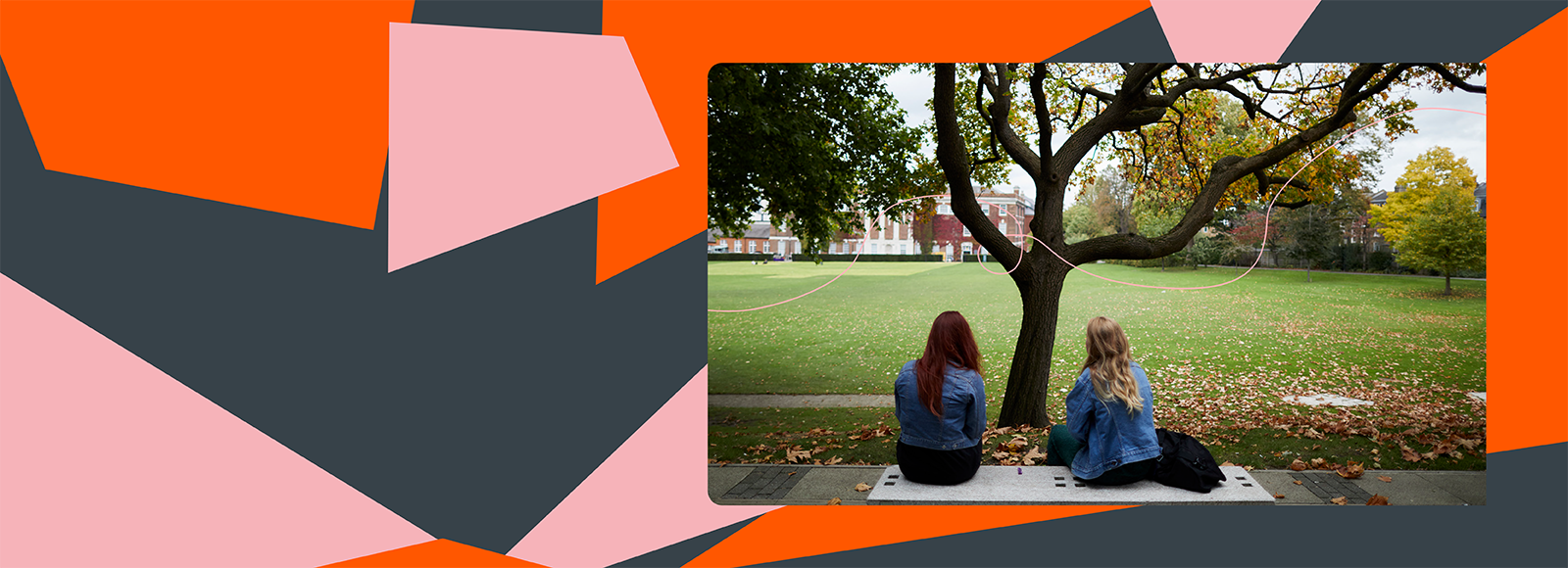- ...
Postgraduate Studentships - Search for funding opportunities.
The Graduate Diploma in Contemporary Art History is for graduates of other disciplines with an interest in contemporary art and ideas, and who wish to carry out research at higher levels in the fields of visual cultures.
By studying this programme, you will build upon your existing knowledge and develop a greater independent and critical engagement in the fields of art and visual cultures.
You’ll investigate contemporary art, art theory and visual culture from around the world through an approach that is interdisciplinary, thematic, practice- and ideas-led rather than chronological.
You will develop an independent approach to learning as well as a greater ability to think critically and creatively in order to prepare you for further study at a graduate level.
You should have (or expect to be awarded) an undergraduate degree of at least second-class standard in a relevant/related subject.
We particularly encourage applications for the Graduate Diploma in Contemporary Art History from those who have a degree in an unrelated field, but can show that they have the relevant experience, ability and interest to work at a postgraduate level.
See our website for fees
Many of our students go on to carry out further postgraduate studies. These then lead into careers in museums and galleries, publishing, education, the media, journalism, and marketing.
The programme comprises a number of taught modules and tutorial sessions. You are assigned a personal tutor who monitors your overall progress and advises you on the suitability of the various modules available.
Central to the programme is the core course, a lecture and seminar series that introduces you to a range of perspectives that have shaped the history and theory of the discipline. You will be encouraged to think creatively, rigorously and expansively exploring critical ideas and practices in the fields of visual cultures, which we think of in terms of ways of doing, thinking and producing in contemporary art, film, music, literature, politics and theory.
This is accompanied by a laboratory module, which gives you the opportunity to process the taught materials further through strategies such as museum and gallery visits, film screenings, and experimental projects.
You also choose one option module and one special subject, or two special subjects. These in-depth modules allow you to explore themes that are of particular interest to you. Option modules may include any second-year module on the BA History of Art. Special Subjects may include any third-year module on the BA History of Art.

A melting-pot of ideas, one creative powerhouse One Goldsmiths At Goldsmiths, academic excellence and imaginative course content combine to make a pla...